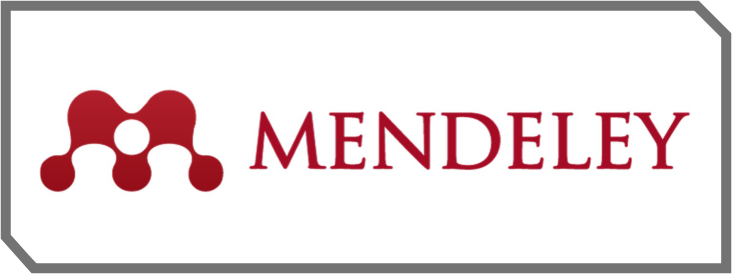Penerapan Teknologi Augmented Reality sebagai Model Media Edukasi Kesehatan Gigi Bagi Anak Sekolah Dasar
DOI:
https://doi.org/10.59841/jumkes.v3i1.2038Keywords:
Augmented Reality, Education, Health, DentalAbstract
The use of augmented reality (AR) technology in educational media is expected to attract children's attention and make lessons more interesting to follow. This is because it can convey dental health content interactively and virtually in three dimensions in real time. To evaluate the effectiveness of the application of Augmented Reality (AR) technology as an educational media model in increasing the knowledge and understanding of elementary school children about dental and oral health, as well as to assess the potential of this technology as an interactive and interesting learning method for children. This research was carried out in November 2023. The population in this study is the total number of students of SD Minasa Upa. The sample was 60 people. The type of research used is a quasi-experimental design with a One Group Pretest-Poster research design. The design of this study aims to find out whether there is an influence on the use of AR technology as a dental health education medium in children. Increasing the knowledge of respondents. The results showed that 13 respondents (92.86%) experienced an increase in knowledge from bad to good, 1 respondent (7.14%) experienced an increase in bad knowledge to adequate, 14 respondents (87.5%) experienced an increase in knowledge less to good, and 2 respondents (12.5%) experienced an increase in knowledge less to adequate. Concept design activities include the selection of themes, namely the system can be used as an object of presentation or delivery of material to children so that the objects made need to pay attention to the selection of colors, shapes, sizes, arrangement of images and interesting materials.
References
Ainsworth, S., Prain, V., & Tytler, R. (2017). The role of representations in understanding science concepts: Implications for teaching and learning. Research in Science Education, 47(2), 269–285. https://doi.org/10.xxxx/xxxxxxx
Andriyadi, A. (2009). Augmented reality with ARToolkit: Reality leaves a lot to imagine. ARTeam, Bandar Lampung.
Andriyadi, A. (2010). Tutorial augmented reality V.1.1. ARTeam, Bandar Lampung.
Anis, Y., Purwatiningtyas, P., Retnowati, R., & Fajrina, E. A. N. (2022). Penerapan framework Bootstrap dalam sistem informasi rekam medis data posyandu dengan metode waterfall. Jurnal Sistem Komputer dan Informatika, 4(2), 310–318. https://doi.org/10.xxxx/xxxxxxx
Bower, M., Howe, C., McCredie, N., Robinson, A., & Grover, D. (2017). Augmented reality in education – Cases, places, and potentials. Educational Media International, 54(4), 253–266. https://doi.org/10.xxxx/xxxxxxx
Chen, C., & Kinshuk. (2019). Enhancing education with augmented reality: An investigation into its effectiveness. Computers & Education, 142, 103-115. https://doi.org/10.xxxx/xxxxxxx
Hidayat, T., & Rahmawati, I. (2014, February 8). Desain dan implementasi teknologi augmented reality sebagai media edukasi kesehatan anak. Seminar Nasional Teknologi Informasi dan Multimedia, Yogyakarta, Indonesia.
Keller, K. L., & Unell, L. A. (2019). The impact of health education on oral health behavior among children. Journal of School Health, 89(5), 397–403. https://doi.org/10.xxxx/xxxxxxx
Kim, S. (2010, December 13–14). u-Traditional market model based on 5W1H context aware technology. International Conference, Parallel and Distributed Computing and Network, Chongqing, China.
Munir. (2012). Multimedia: Konsep dan aplikasi dalam pendidikan. Alfabeta, Bandung.
Raymond, M. (1996). Sistem informasi manajemen: Studi berbasis komputer (Edisi Indonesia, Jilid II). Prenhallindo, Jakarta.
Rochmah, S. N., Widayati, S., & Miah, M. (2009). Biologi: SMA dan MA kelas XI. Pusat Perbukuan, Departemen Pendidikan Nasional, Jakarta.
Suyanto, M. (2003). Multimedia: Alat untuk meningkatkan keunggulan bersaing. Andi Offset, Yogyakarta.
Wang, H., & Wu, Y. (2018). The influence of motivation on the use of technology in learning. Educational Technology Research and Development, 66(3), 565–582. https://doi.org/10.xxxx/xxxxxxx
Downloads
Published
How to Cite
Issue
Section
License
Copyright (c) 2024 Jurnal Mahasiswa Ilmu Kesehatan

This work is licensed under a Creative Commons Attribution-ShareAlike 4.0 International License.










